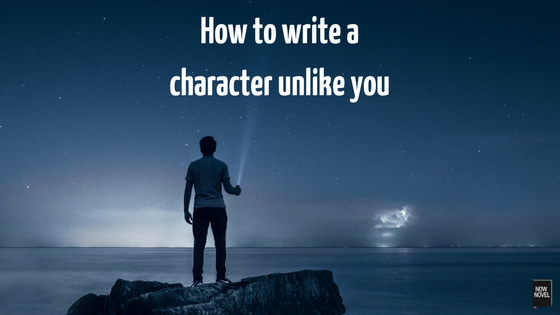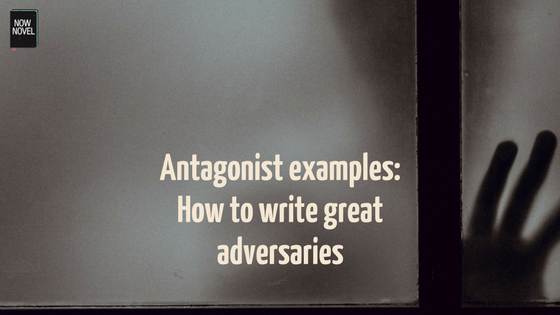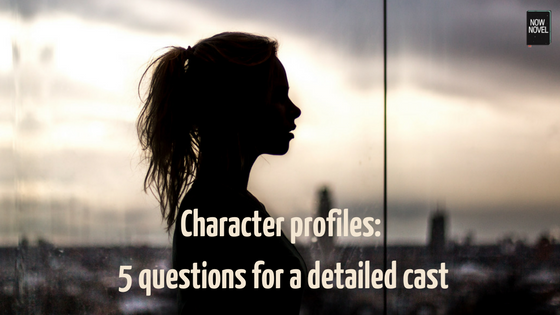In fiction, villains come in all guises and disguises, from scheming rulers to domineering family members or peers. Learn how to write villain motivations that make sense:

Read Now Novel’s best character writing blog posts below. Learn how to create a cast for your story that is rich with bold personalities. The best stories make it easy for us to connect with characters and become invested in their story outcomes. Learn how to describe characters’ faces, postures, speech and more. You can also find helpful guides on creating conflict between characters, different kinds of relationships between members of the cast of your story and more.

In fiction, villains come in all guises and disguises, from scheming rulers to domineering family members or peers. Learn how to write villain motivations that make sense:

Believable character motivations drive all of literature’s most famous characters. Characters, like real people, have desires, wants and needs. They have motivations they’re aware of and ones they aren’t. These all impact the choices they make. Here are 7 tips for creating character motivation:

Great novel characters share common features: Distinct, authentic voices, character development, clear goals and motivations, strengths and flaws. Here are 15 of our top character creation tips gathered from some of the best writing blogs and websites:

In this guest contribution by ESL teacher Ethan Miller, Ethan shares ideas for creating characters who are completely different from yourself.

From Anna Karenina to Jon Snow, Don Quixote to Harry Potter, famous characters from fiction worm their way under our skin. Here are lessons from several memorable characters in classic and modern novels:

Internal or inner monologue is a useful literary device. Dialogue reveals character relationships, their converging or competing goals. Inner monologue gives readers more private feelings and dilemmas. Learn more on how to use inner monologue effectively

Literature is full of fantastic antagonists who make it hard for the story’s central characters to reach their goals. Read antagonist examples from successful novels, along with tips we can take from fictional villains and opponents:

Character profile writing is a useful way to build a rounded idea of your characters. Knowing your characters’ appearance and persona inside out makes scenes practically write themselves, sometimes, when you bring characters together. To create a character profile, ask these 5 questions and write summary answers with simple headings (e.g. ‘name’, ‘main goal’):

Describing hands is useful for showing characters’ psychological traits and personality, age and more. Many amateur writers stop at describing eye colour or how characters say their dialogue. Yet there are many different physical details you can use to show a character’s nature. Read examples that show how to describe hands in such a way that your writing is rich and detailed